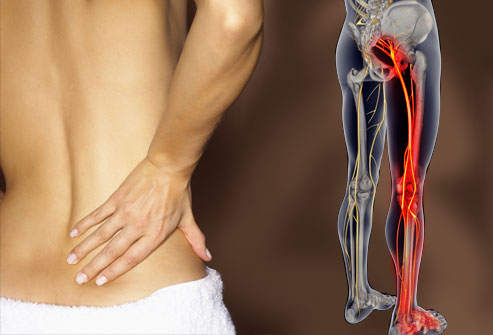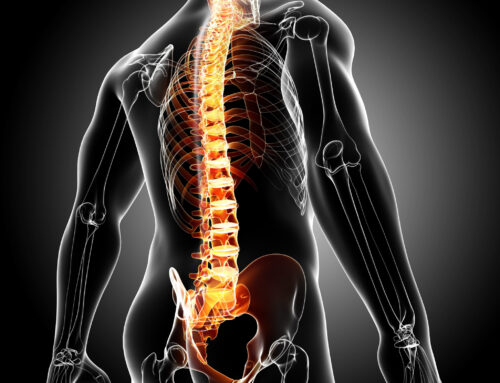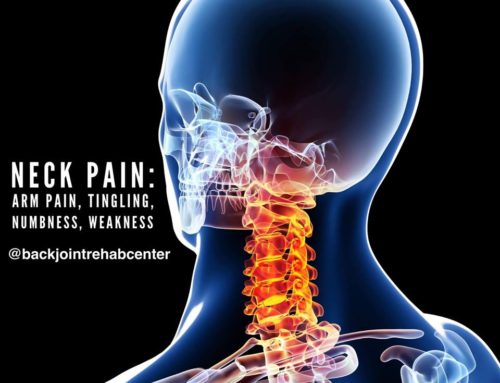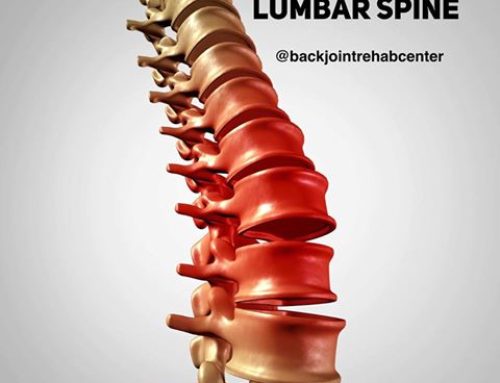It is common to hear friends, family, or co-workers complain about back pain or sciatica. The prevalence of low back pain & sciatica greatly affects the general population. Lower back pain & sciatica is most commonly attributed to a disc herniation. According to the National Institute of Neurological Disorders and Stroke, at least 80% of adults experience low back pain at some point in their lives. Both men and women are equally affected with low back pain, and it is a leading contributor to missed work days.

Low back pain can be acute 0-4 weeks, sub-acute 4-12 weeks, or chronic > 12 weeks. Typically, back pain or sciatica arise for no apparent reason. People tend to feel the need for some extravagant event that produces an injury to be the reason for experiencing horrific intense pain, however, it is more common for the onset of symptoms to brought on with activities that we do on a daily basis such as getting out of a chair, bending over, or reaching for an item. The prognosis of your condition and the tolerance of pain are separate entities. For example, the prognosis of your condition may a good prognosis while experiencing a high level of pain intensity; or your condition may be a poor prognosis while experiencing a high level of pain intensity. Both cases demonstrate high level of pain intensity, with varying prognosis, one good and one bad.
The characteristics of the pain ranges from dull to sharp, tension to tightness, aches to spasm, tingling to numbness or weakness. The symptoms produce debilitating states where daily activities such as walking, sitting, bending, and lifting become affected. Understanding pain responses, helps guide you with daily activities, reducing, restricting, or continuing most activities. Here are some common causes of low back pain and sciatica. Each produces varying presentations of symptoms requiring different forms of therapy, timeline of resolution, and educational components.
Common Causes of Low Back Pain & Sciatica
Sprains & Strains
- Over stretching or tearing of ligaments or tendons.
- Produced by injury of twisting, acceleration/deceleration injuries, sports injuries, lifting poorly
Disc Herniation
- Most common reason for low back pain
- Irritation, inflammation, or poor loading mechanics onto the disc produce pain responses that have pain present in the low back or radiates down the legs
- Other associated symptoms: tingling, pins & needles, numbness, weakness
 Disc Degeneration
Disc Degeneration
- Degeneration is a natural part of aging, however, with time the changes of structure of the disc, vertebrae and associated joint mechanics produce localized symptoms of pain
- Continued use with degenerative properties that exceed threshold of tissue in one given period can lead to a temporary period of inflammation. This presentation is something that individuals experience going back and forth with mechanical pain and inflammatory pain.
Radiculopathy
- Irritation of the spinal nerve root can arise from injury, compression, stenosis, disc herniations, or inflammation
- Produces pain, numbness, tingling, motor loss to areas of the body in which reflect the affected nerve
Sciatica
- Form of radiculopathy targeting specifically the Sciatic Nerve, formed from multiple spinal nerve roots to make a large nerve that travels down our butt into the leg.
- Common Nerve Affected
Stenosis
- Spinal Stenosis, Narrowing of the canal for the spinal cord. Typically affects a region of the spine. Symptoms include pain, numbness, weakness, or paresthesia into the extremities
- Foraminal Stenosis, Narrowing of the foramens where the spinal nerve roots exit the spinal column. Typically affects one, or multiple vertebrae, on one side, or both sides of the affected vertebrae. Symptoms include pain, numbness, weakness, or paresthesia into the extremities
As you can see there are several conditions that produce pain to travel down the leg or result in back pain. Understanding anatomical variances, biomechanical abilities, and the influence each have in your presentation will determine whether or not these findings are relevant to your presentation. Ultimately, this will separate incidental findings from relevant findings to guide you in your treatment options. Classifying these mechanical pains and problems is necessary to have highest success outcomes.
Mechanical pain of the spine are problems in which the spine is moved and positioned throughout your daily activities that irritates the neurological structures such as the disc or nerves. Thus, irritation to these structures produces symptoms such as pain, numbness, tingling, pins & needles, burning, or weakness.
The most common reason for back pain or sciatica is a disc herniation.
Disc Herniations sound scary. It sounds like it may be the end of your back health or something, but it is not. Disc Herniations are extremely common, and can be resolved with therapeutic exercises and mechanical therapy to help patients alleviate symptoms and limitations with ranges of motion. In worse case scenarios, spinal surgery is required, however, best measures are to exhaust conservative forms of therapy first. Outcome measures are always used to better predict and help patients resolve their low back and sciatic pains.
We are Dedicated to Get You Better Through Movement…
If You or Someone You Know Struggles with Back Pain or Sciatica, Give Us a Call. We are here to help (219)-310-8822.
Dr. Artemio Del Real DC, Cert. MDT, CSCS
https://www.ninds.nih.gov/Disorders/Patient-Caregiver-Education/Fact-Sheets/Low-Back-Pain-Fact-Sheet





